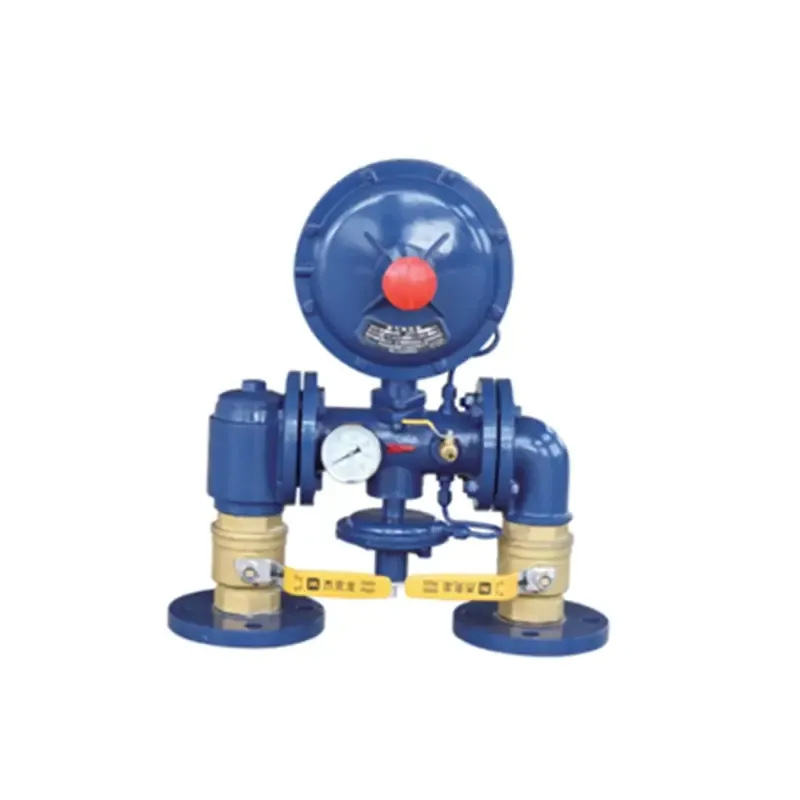
Dec . 18, 2024 12:16
Back to list
coalescing filter
Understanding Coalescing Filters An Essential Component in Fluid Mechanics
Coalescing filters are pivotal components in various industries, especially in the realm of fluid mechanics and engineering. Their primary function is to separate and remove liquid contaminants from gases or liquids, ensuring the purity and quality of the fluids being processed. This article explores the workings of coalescing filters, their applications, advantages, and significance in maintaining system integrity.
What Are Coalescing Filters?
Coalescing filters operate based on the principle of coalescence, where small droplets of liquid combine to form larger droplets, which can then be effectively removed from a fluid stream. These filters are designed to trap and gather water, oil, and other contaminants in a variety of mediums, including air and fuel. The process typically involves a series of filter elements, each designed to capture particles of specific sizes, aiding in the efficient removal of impurities.
How Do Coalescing Filters Work?
The operation of coalescing filters involves several key steps
1. Inlet Flow Contaminated fluid enters the filter, where it encounters a coalescing medium, typically made from fibrous materials. 2. Droplet Formation As the fluid passes through the medium, smaller droplets of contaminants collide and adhere to one another, coalescing into larger droplets.
3. Gravity Separation The larger droplets, due to their increased size, are separated from the fluid by gravity. Depending on the filter's design, this can occur in a settling chamber or a designated separation area.
4. Removal of Contaminants The separated contaminants can then be drained or removed, leaving behind a cleaner fluid that continues its path within the operational system.
5. Exhaust or Outlet The purified fluid exits the filter, ready for use in various systems, ensuring that machines and processes remain efficient and reliable.
Applications of Coalescing Filters
Coalescing filters find applications across multiple sectors
coalescing filter

- Aerospace In jet engines and fuel systems, coalescing filters prevent water contamination that can lead to engine failure. - Marine They ensure the purity of fuels and lubricants in marine engines, protecting against corrosion and ensuring smooth operation.
- Automotive Coalescing filters are used in diesel engines to remove water from fuel, enhancing engine performance and longevity
.- Industrial Various manufacturing processes utilize coalescing filters to maintain the integrity of hydraulic systems and critical machinery by eliminating fluid contaminants.
Advantages of Coalescing Filters
The use of coalescing filters brings numerous benefits
1. Enhanced Efficiency By removing liquid contaminants, coalescing filters help maintain optimal machine performance and reduce downtime associated with maintenance.
2. Improved Product Quality In industries such as food and beverage, where purity is paramount, coalescing filters ensure that end products meet safety and quality standards.
3. Cost Savings Reduced wear and tear on machinery leads to lower repair costs and more efficient operations, ultimately saving companies money.
4. Environmental Protection By effectively managing contaminants, coalescing filters contribute to minimizing environmental pollution and support sustainable practices.
Conclusion
In summary, coalescing filters play a crucial role in a variety of applications by ensuring the removal of harmful contaminants from fluids. Their design and operating principles enable the efficient separation of liquids, providing enhanced performance and protection in diverse systems. As industries continue to prioritize efficiency, reliability, and environmental responsibility, the importance of coalescing filters will only grow, solidifying their status as essential components in fluid management technologies. Understanding and utilizing these filters effectively can lead to significant advancements in operational efficacy across numerous sectors.
Next:
Latest news
-
Safety Valve Spring-Loaded Design Overpressure ProtectionNewsJul.25,2025
-
Precision Voltage Regulator AC5 Accuracy Grade PerformanceNewsJul.25,2025
-
Natural Gas Pressure Regulating Skid Industrial Pipeline ApplicationsNewsJul.25,2025
-
Natural Gas Filter Stainless Steel Mesh Element DesignNewsJul.25,2025
-
Gas Pressure Regulator Valve Direct-Acting Spring-Loaded DesignNewsJul.25,2025
-
Decompression Equipment Multi-Stage Heat Exchange System DesignNewsJul.25,2025

